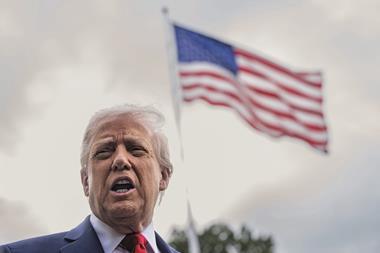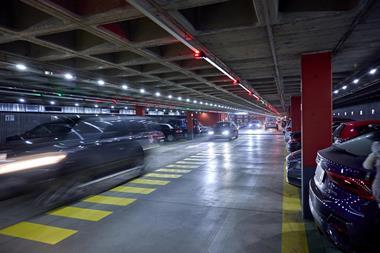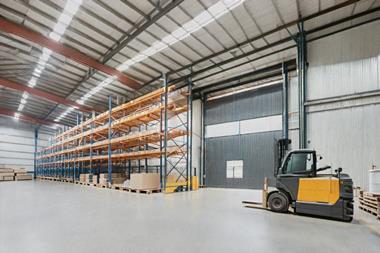Australia’s superannuation funds have made a concerted pitch to play a central role in America’s $1.5trn (€1.22trn) infrastructure plan.
Crucially, the key message to the Donald Trump administration and state governors is that the Australians intend to co-invest with domestic pension funds in US infrastructure.
Matt Linden, Industry Super Australia’s spokesman, told IPE Real Assets that the funds recognise that privatisation of public assets could become politically charged in the US, as it is in Australia.
“There are political hurdles,” said Linden. “US politicians, like their Australian counterparts, must address community concerns about private-sector ownership, including the role of foreign investment.
“[But] it will help that when Australian industry funds invest, there is scope – due to investment mandates with US pension funds – to invest the savings of US workers alongside those of Australian workers.”
Australian super funds will mostly invest under the umbrella of IFM Investors, which is owned by 27 Australian industry super funds, and now manages AUD100bn in assets.
Asked about the scope of the allocation that Australian super funds might make to the US, Linden said this was a difficult question to answer.
“IFM invests money on behalf of 240 institutional investors from 16 countries, including seven of the top 10 US pension funds. There are about 15 million workers globally with pension savings managed by these investors,” he said.
Typically, IFM forms clubs or consortia of like-minded pension funds to co-invest in big-ticket items, he added.
Australian super funds have collectively invested in some AUD50bn worth of infrastructure assets in Australia and overseas, of their total asset base of AUD560bn as of September 2017.
On average, they allocate between 10% and 15% of their capital to the asset class, which has delivered strong returns year on year.
Under the imprimatur of Prime Minister Malcolm Turnbull, Australia’s super industry is attempting to further argue the case for private capital funding alongside public money as the US rolls out its infrastructure programme.
The industry is represented by Brett Himbury, IFM Investors’ CEO, and David Whiteley, Industry Super Australia’s CEO, who form part of a delegation of Australian state premiers and business leaders travelling with the prime minister in the US.
Turnbull and the delegation have meetings scheduled with Trump and his administration, and with the all-important governors of US states, who will be tasked with implementing and funding the infrastructure plan.
Turnbull is due to give a keynote address to the National Governors Association meeting in Washington DC this weekend. He will be selling Australia’s experience and success in the recycling of government assets.
Australia’s ambassador to the US, Joe Hockey, who has been credited with the success of the current Australian asset recycling programme (begun when he was the country’s federal treasurer), has carried out much of the groundwork to win over the US on his argument for Australian involvement.
Hockey has spoken to a number of US media outlets to explain the role Australia can play.
Australian super funds have been looking at the US market for some time.
Collectively, they have made frequent trips to the US, initiating dialogue with US authorities over recent years to express their interest in investing in US infrastructure.
The Trump infrastructure plan offers an enhanced entry into the US market, enabling the Australian funds to work under the auspices of both the Australian and US governments to further their pursuit of US assets.
Australian super funds are looking for both brownfield and greenfield assets.
Linden told IPE Real Assets that they have gone past investing only in brownfield projects.
In fact, he said, some ageing brownfield projects required greenfield work to expand and upgrade the assets to improve services and ultimately increase their value.


















